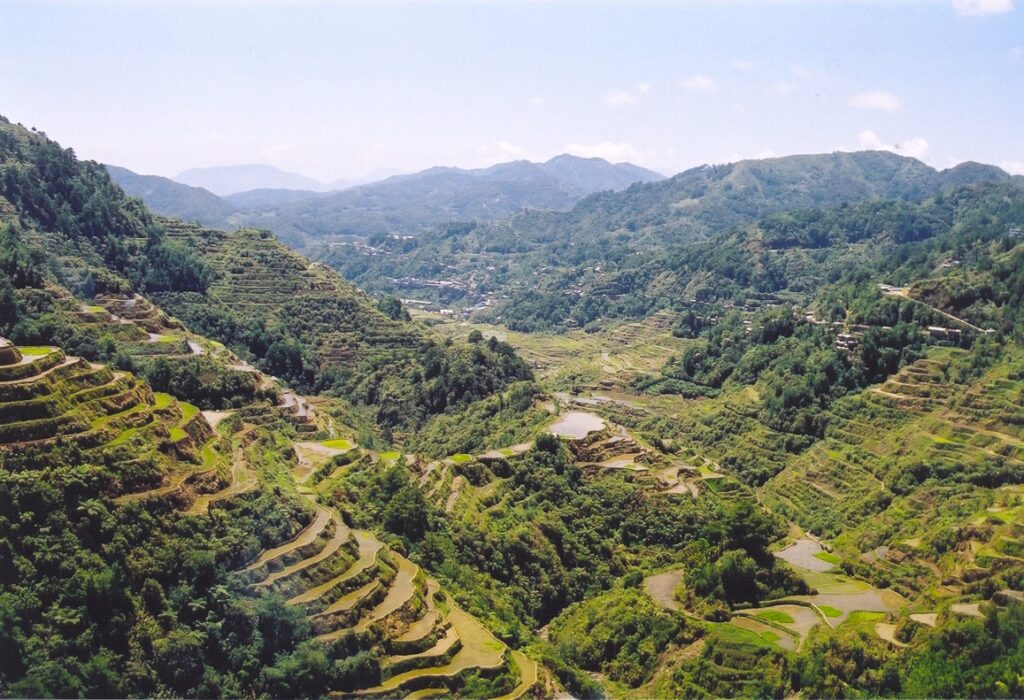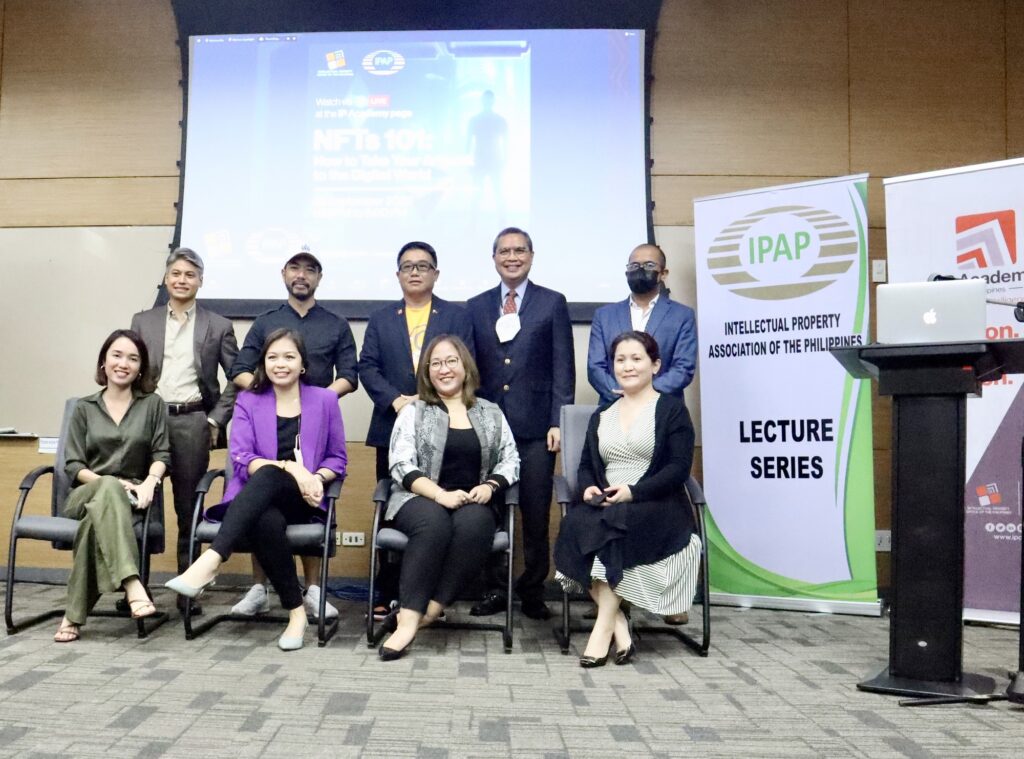Judicial Equality: Supreme Court Guidelines on Gender-Fair Language and Courtroom Etiquette
Learn more about the Philippine Supreme Court’s new rules on gender-fair language and courtroom etiquette which marks a major advancement in ensuring a more equal legal system. By adhering to these guidelines, we uphold values of respect and inclusivity.






